| | |

Chapter 45
|
|
|
|
|
 |
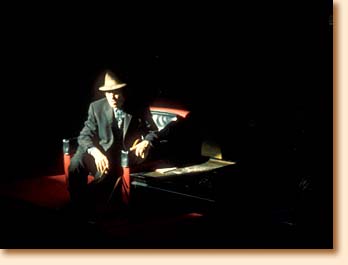 |
| | |
|
I gradually began to understand why it is practically impossible to escape
the black ghetto. |
| | |
|
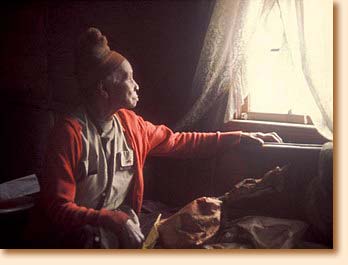 |
 |
| | |
|
Comparing it with another ghetto, the old people's or "grey"
ghetto, deepened my understanding of this aspect. |
| | |
|
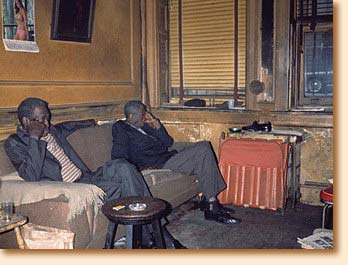 |
 |
| | |
|
Although there are no visible
walls around the grey ghetto either, old people in America with no savings seem
to be forever imprisoned in hunger, poverty, and misery. |
| | |
|
 |
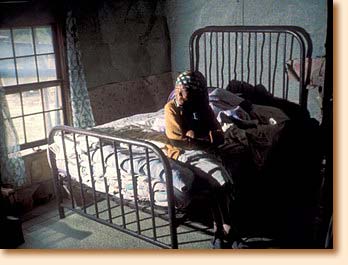 |
| | |
|
Just as with the
underclass, many of the elderly are so handicapped that they can't hold
well paid meaningful jobs even if there were jobs to get, and therefore have no
possibility of improving their economic situation. |
| | |
|
 |
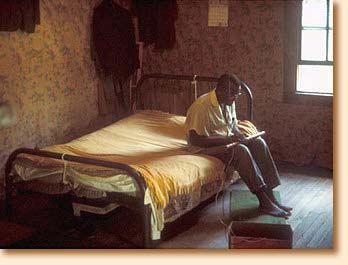 |
| | |
|
The feeling of having no
power over your own situation and being completely dependent on the crumbs from
the rich people's tables are part of the psychopathology of the ghetto,
creating in the minds of many of the elderly authority figures resembling black
psychology's "The Man." |
| | |
|
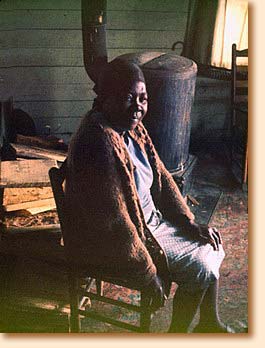 |
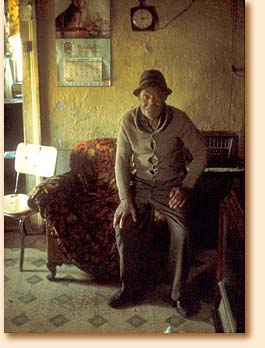 |
| | |
|
The grey ghetto is closely connected with the black
ghetto as poverty forces the two groups into the same neighborhoods, where the
old are at least as discriminated against and forgotten by disposable society
as the blacks.
|
| | |
|
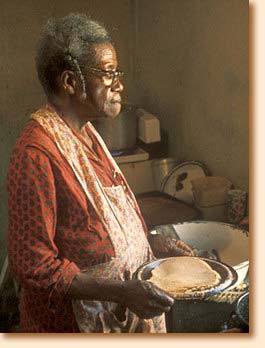 |
 |
| | |
|
Sometimes old people are found dead from hunger at home from
fear of venturing out to buy food.
|
| | |
|
 |
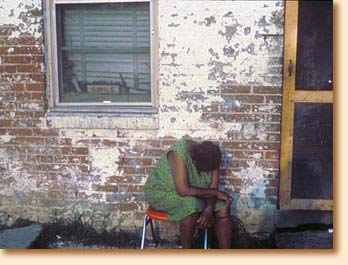 |
| | |
|
This old woman with the "smile" sign in the
window is the closest neighbor to Congress, which has condemned her to a
pension 40% below the official poverty line.
|
| | |
|
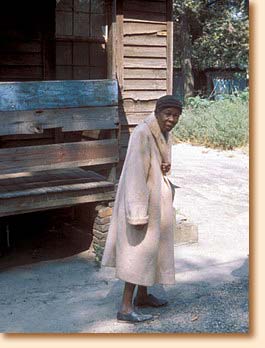 |
 |
| | |
|
In the South I met old people who
did not get social security at all. Thousands receive little more than the
minimum of $117 monthly. |
| | |
|
 |
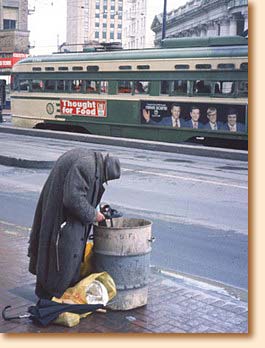 |
| | |
|
(Minimum in Denmark $343 plus 85% of rent paid (to
avoid ghettoization) and allowances for fuel bills, aids, care, etc. 1982
figures). |
| | |
|
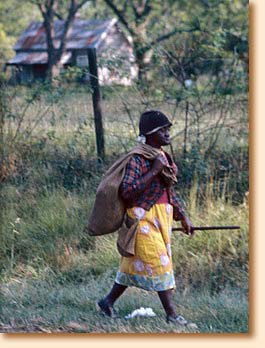 |
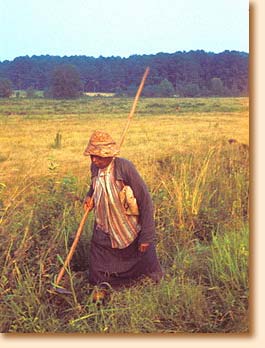 |
| | |
|
The system in my old country, Denmark, of home helpers who three times daily, free of charge,
come around to nurse, shop, cook and clean for the infirm and elderly makes the
neglect of the elderly in America even more appalling in my eyes. |
| | |
|
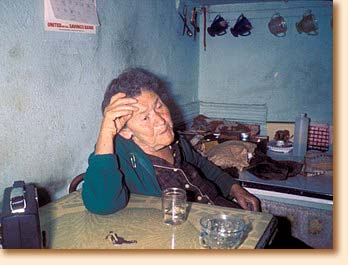 |
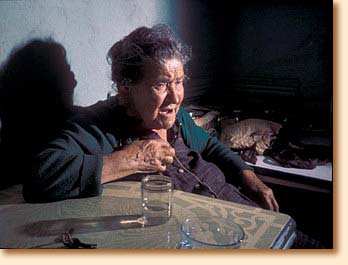 |
| | |
|
This old Jewish woman, who became one of
my best friends in New York, had emigrated from Russia in 1905. |
| | |
|
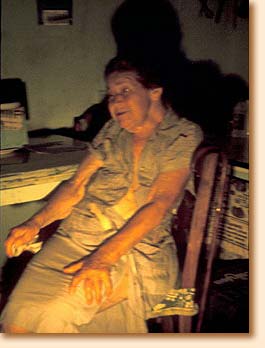 |
 |
|
|
|
Now she was
starving, never had milk and meat, and had often been mugged. |
| | |
|
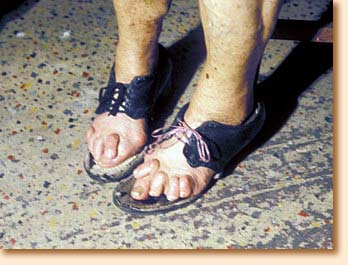 |
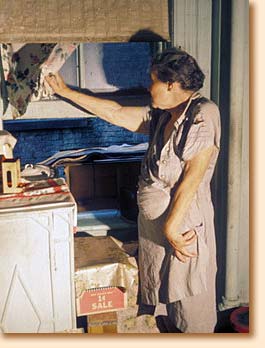 |
|
|
|
Yet with vivid memories of her own ghettoization and persecution
in Russia, she had, like many Jews, a deep commitment to blacks and found it
terrible that they had to suffer like herself.
|
| | |
|
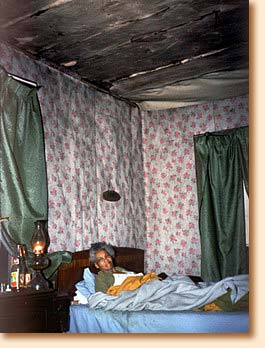 |
 |
|
|
|
Safety for her was seen as making allies with other oppressed
peoples thereby in fact exposing herself to personal danger in a crime ridden
neighborhood.
|
| | |
|
 |
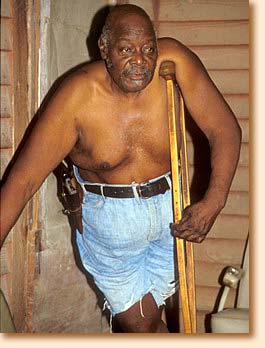 |
|
|
|
With the pain blacks are in today, they often forget that no
whites have contributed as much to and given as many lives in the civil rights
struggle as the Jews. Most American Jews think of themselves as individuals. I
don't.
|
| | |
|
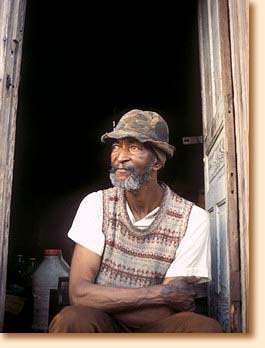 |
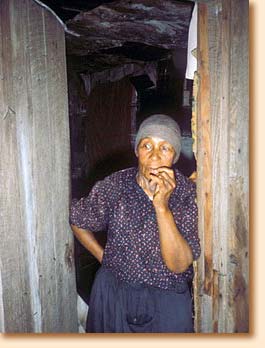 |
|
|
|
With most of the financial support I received as a penniless
vagabonding photographer coming from Jews of Eastern European
descent and close to 60% of my shows in American
universities since then being organized by them, well, I can't help seeing how long the memoirs
of ghettoization and ethnic cleansing live on in and form the
whole outlook of oppressed peoples. |
| | |
|
|
| | |